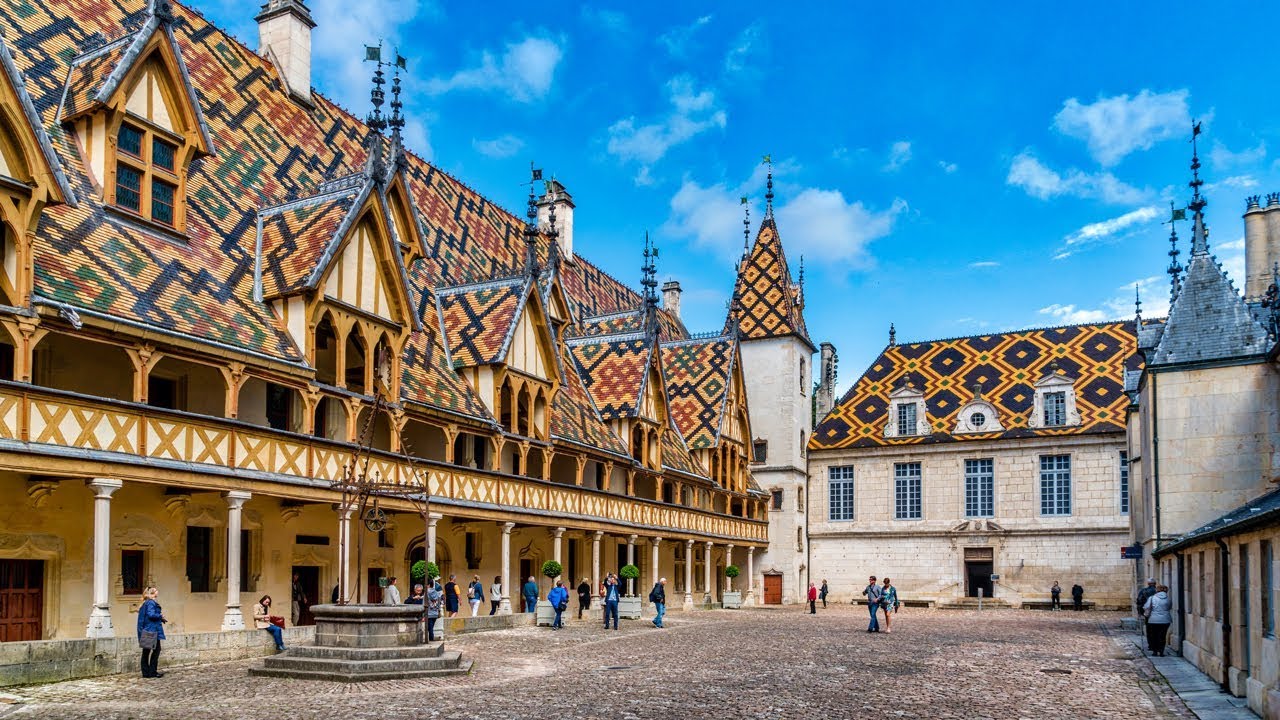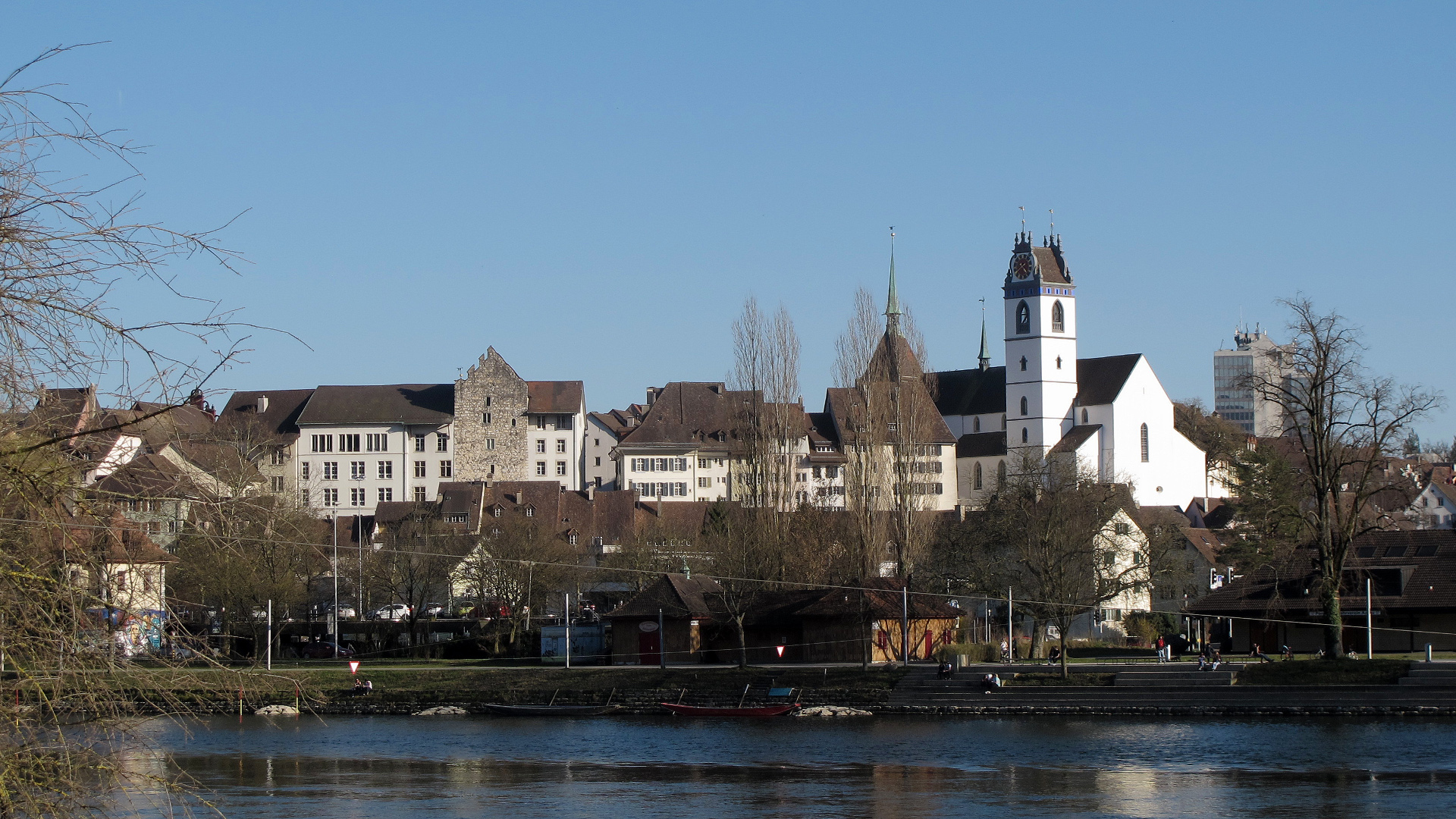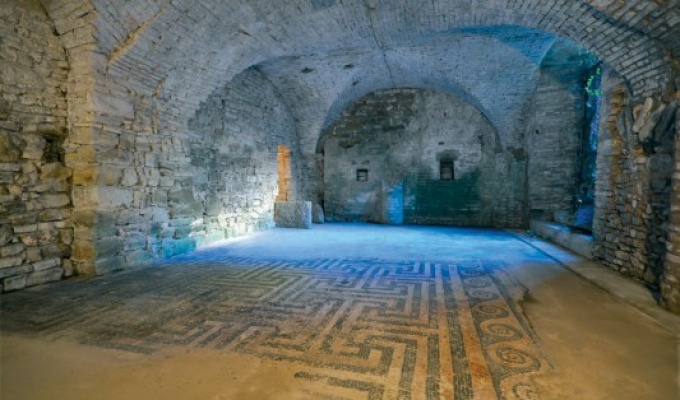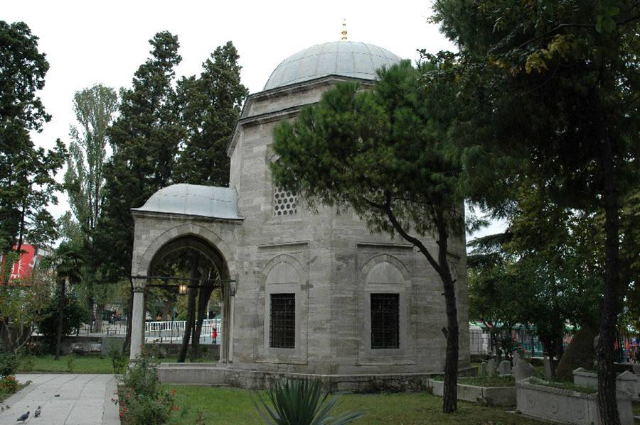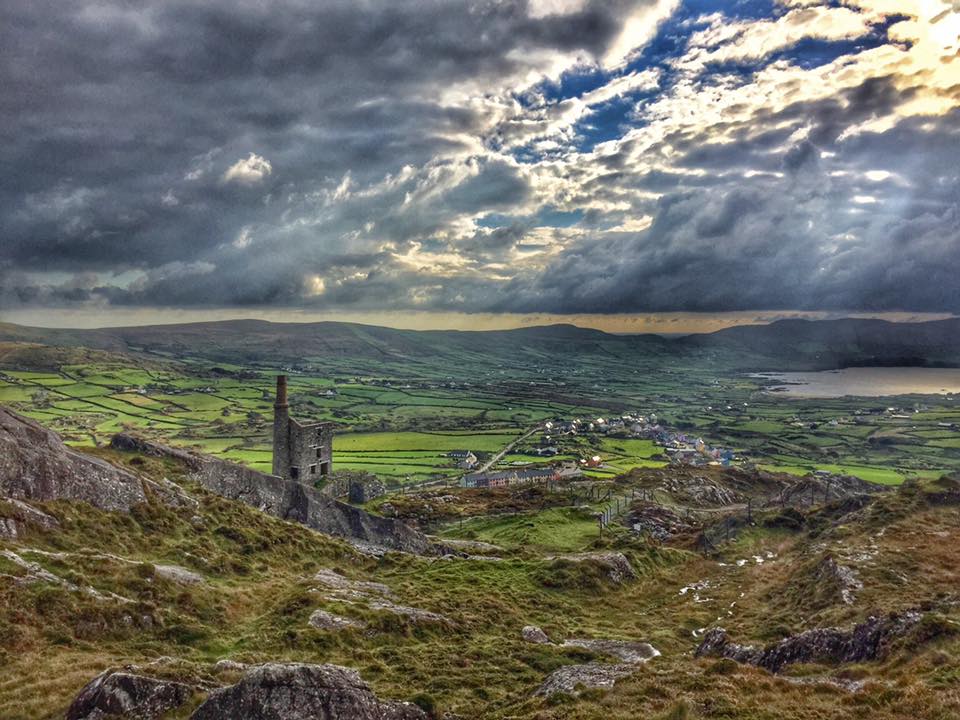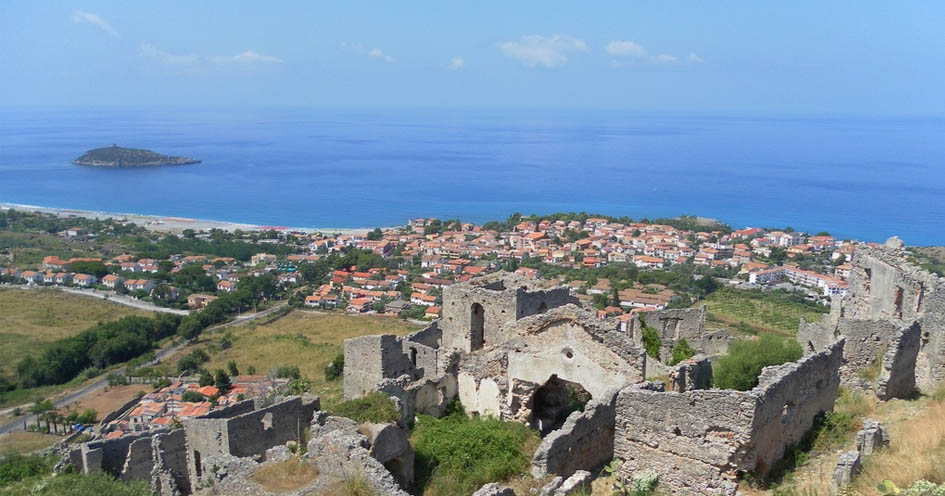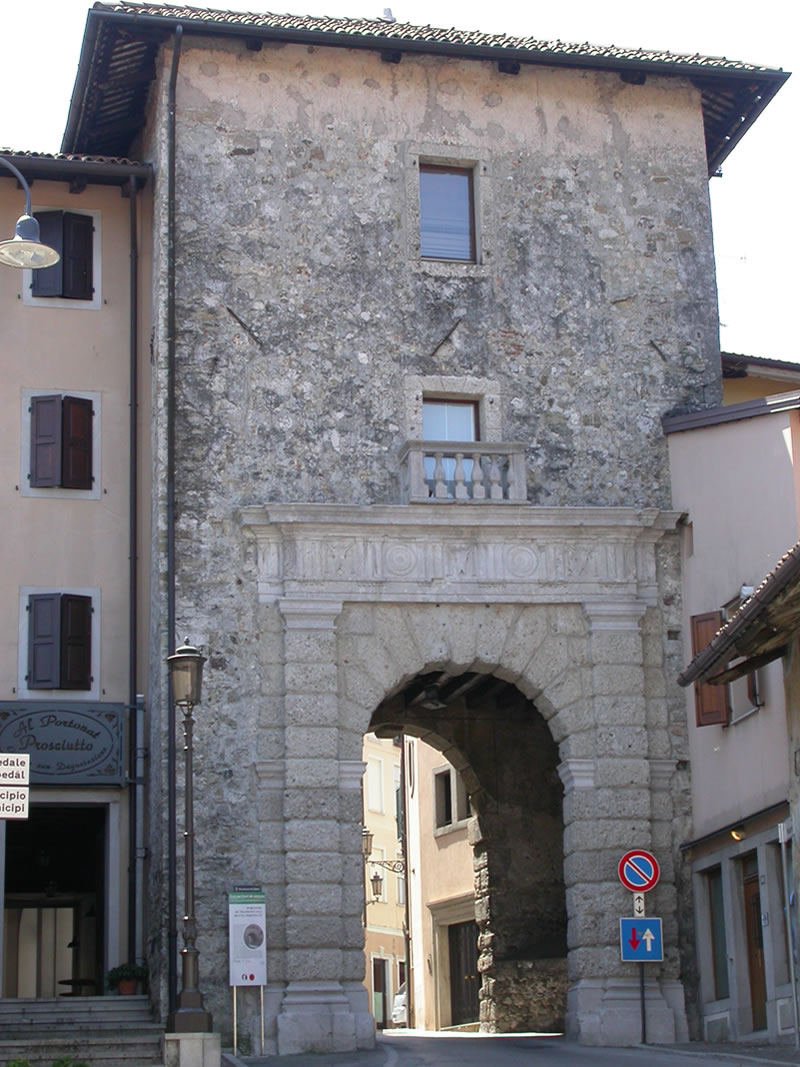A Town of Art and History and the capital of Burgundy wine, Beaune is located forty kilometres or so south of Dijon and boasts some exceptional heritage. Surrounded by old ramparts, it is known as the centre for the Burgundy wine trade, as evidenced by the famous auction at the Hospices de Beaune every third Sunday in November.
The old town contains some remarkable monuments and has some beautiful Renaissance mansions for visitors to admire, as well as pretty half-timbered houses and charming inner courtyards. Take the time to stroll around, to see Beaune’s architectural treasures at your own pace or using an audioguide.
The first stop along the way: the Hôtel-Dieu, a gem of Burgundian medieval architecture, built in the 15th century at the request of the Duke of Burgundy’s Chancellor, Nicolas Rolin, to come to the aid of the poor and sick. A listed Historic Monument, this superb complex with its famous varnished tile roofs has become a museum of medical history. On your visit, you can in particular admire the magnificent ceremonial courtyard (cour d’honneur), the impressive Hall for the Poor (Salle des Pôvres), the Gothic chapel, the kitchen and the apothecary, as well as a masterpiece of Flemish painting dating from the 15th century: the polyptych of the Last Judgment, attributed to the artist Rogier van der Weyden. The world’s biggest wine auction takes place here in November, with part of the proceeds going towards the upkeep of the Hôtel-Dieu.
Not far from there, on Rue Paradis, is the mansion of the Dukes of Burgundy, which you can visit. A listed Historic Monument, this old ducal palace from the 14th century now houses the Museum of Burgundy Wine, where the history of the vineyard and winemaking is told through ethnographic and artistic collections, tapestries and everyday objects used by winegrowers.
All around the Beaune region, there are cellar tours, tastings and organised excursions in the famous vineyards.
